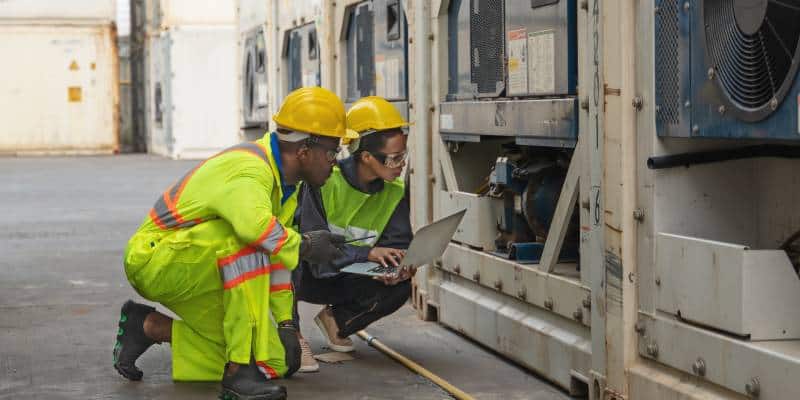Modern facilities are expected to contribute value to the company’s bottom line by continuously improving asset performance. Process industries in particular are extremely asset intensive, which can make their challenges even greater. One area that continues to negatively impact profits, and diminish overall asset performance metrics, is unplanned downtime.
If manufacturing operations are to be profitable, any downtime will be costly. When unplanned downtime occurs due to equipment failure or other reasons, the losses can add up quickly. So serious is it for process industries, that a report by the International Society of Automation (ISA) estimated the cost of downtime due to unscheduled shutdowns is equivalent to about 5% of the total output of all process industries.
Downtime costs for equipment may vary from a few hundred dollars per hour to hundreds of thousands per hour, or more. We work with firms that have several high-volume production lines in their plant, where the downtime for each one can cost the firm a million dollars every 24 hours. For firms where unplanned downtime is as high as 30% of operating time, the consequences can be disastrous.
The resulting lost sales opportunities, unnecessary expenditures for capital equipment, personnel overtime to mitigate the problem and other financial damage, can wipe out profitability for a year. A study by technology market research firm, Vanson Bourne, found that 82% of manufacturers had experienced at least one unplanned downtime outage in the past three years, with the average being at least two.
Examining and Resolving the Problem
Why does unplanned downtime continue to plague so many companies, when it is clearly having a large negative impact on bottom the line? Why don’t facility leaders take proactive measures when remedies are readily available? Sadly, as the Vanson Bourne report found, roughly 70% of firms “lack complete awareness of when equipment assets are due for maintenance or upgrade.” Without proper maintenance and upgrades, equipment tends to fail at increasingly higher rates over time.
Companies that dedicate their efforts to enforcing good maintenance policies and practices, and utilizing a computerized maintenance management system (CMMS), can reduce unplanned equipment downtime dramatically. Successful CMMS users have averaged a reduction of 20% or more in equipment downtime losses.
This is supported by recent ISA research. In a 2019 special section, the author noted: “Maintenance is neither about fixing everything the moment potential failure is detected, nor about waiting until everything fails before replacing it. It is about finding the right balance between taking action at the most opportune time for each asset and allocating your resources in the right way.”
“One way to manage the trove of data and insights you can get from [activities such as] condition monitoring is with a CMMS. This software maintains a database of information on an organization’s assets and maintenance operations.”
For decades downtime was seen as just a cost of doing business. Today, astute facility leaders are recognizing that a CMMS can help them achieve operational excellence, gain a strategic advantage and carve out a competitive edge. For 72% of the companies surveyed in the Vanson Borne study, having zero unplanned downtime was a high priority for 2020. At Tero, we are encouraged by that statistic.
For more information that supports ISA’s recommendations regarding CMMS, including details on what a centralized CMMS package could do for your firm, please visit Fast ROI and Hard Savings – Web Work Azzier.























































